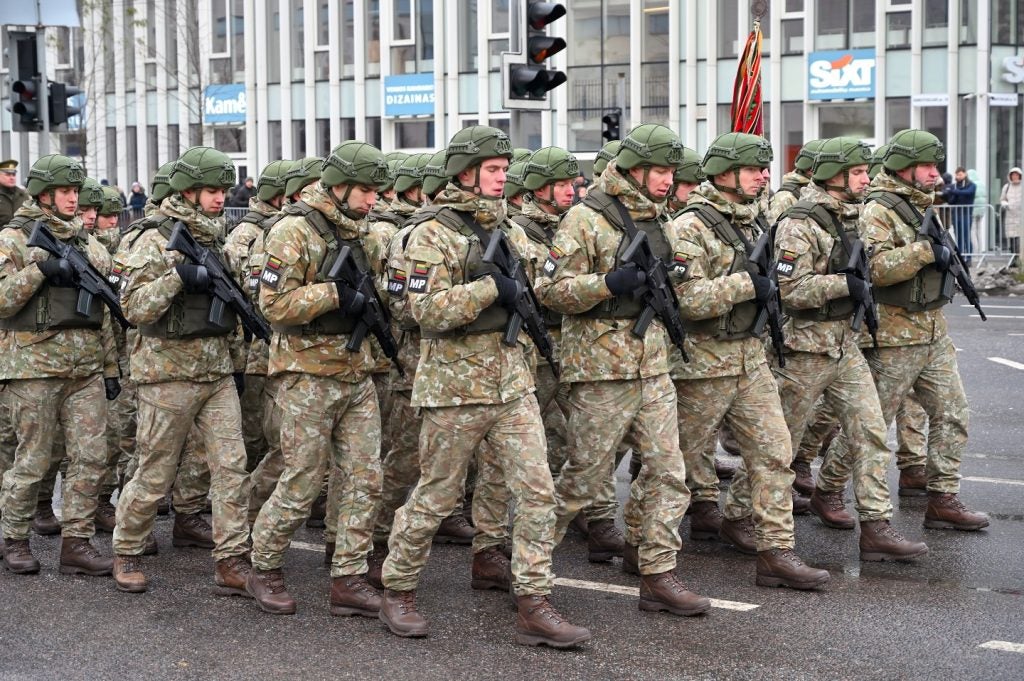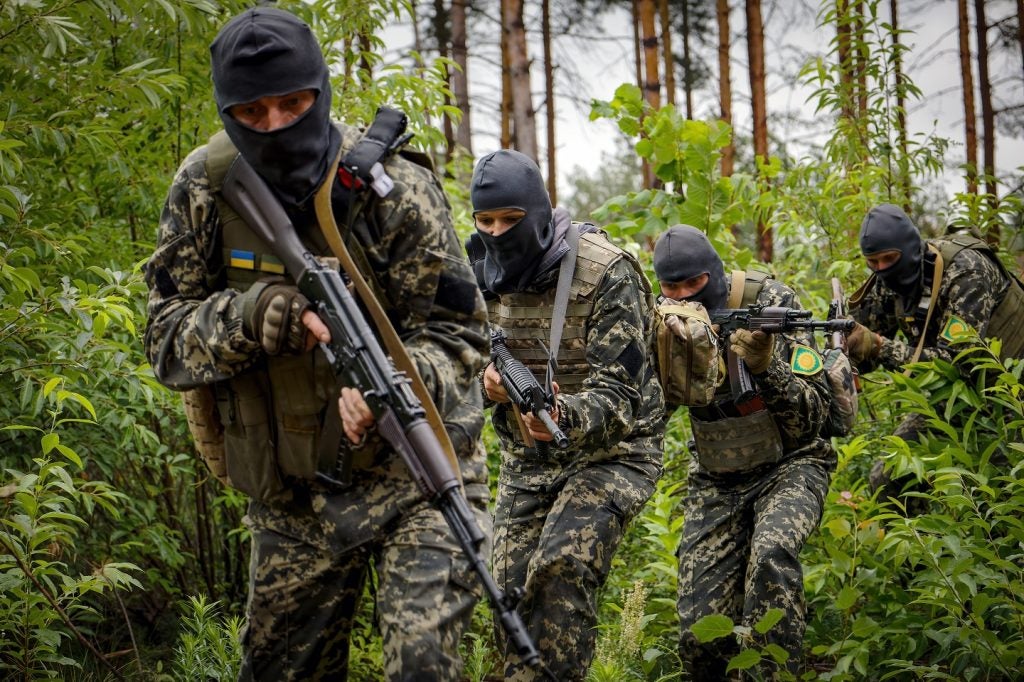
The data from SIPRI also shows that the flow of arms into the Middle East has increased in the last five years, with Saudi Arabia being the biggest importer of weapons in the region.
The US has seen its arms exports grow by over a fifth in the past five years, making the US responsible for around 36% of global arms exports. From 2015 to 2019, US arms exports were 76% higher than the next closer exporter, Russia, with the US shipping weapons to 96 countries across the globe.
SIPRI senior researcher Pieter D. Wezeman said: “Half of US arms exports in the past five years went to the Middle East, and half of those went to Saudi Arabia, at the same time, demand for the USA’s advanced military aircraft increased, particularly in Europe, Australia, Japan and Taiwan.”
In the past year alone the US has signed deals to export the Lockheed Martin F-35 to several countries and signed agreements with Taiwan to bolster the countries land and aerial forces.
In the same period, France saw its exports reach a high unseen since 1990, accounting for 7.9% of global arms exports, in part due to interest in French military equipment from Egypt, Qatar and India. All three countries operate the Rafale fighter built by the French defence contractor Dassault.
SIPRI researcher Diego Lopes Da Silva said that interest in French equipment from Egypt, Qatar and India had bolstered the countries defence output.
How well do you really know your competitors?
Access the most comprehensive Company Profiles on the market, powered by GlobalData. Save hours of research. Gain competitive edge.

Thank you!
Your download email will arrive shortly
Not ready to buy yet? Download a free sample
We are confident about the unique quality of our Company Profiles. However, we want you to make the most beneficial decision for your business, so we offer a free sample that you can download by submitting the below form
By GlobalDataTop five arms exporting countries:
- The US, 36% share of total arms exports.
- Russia, 21% share of total arms exports.
- France, 7.9% of total arms exports.
- Germany, 5.8% of total arms exports.
- China, 5.5% of total arms exports.
Despite some high-profile arms sales and the export success of the S-400 missile system, Russia’s overall defence exports dropped during the 2015-19 period by 18% when compared to the five years prior.
SIPRI researcher Alexandra Kuimova said: “Russia has lost traction in India—the main long-term recipient of Russian major arms—which has led to a sharp reduction in arms exports. This decrease was not offset by the increase in Russian arms exports to Egypt and Iraq in 2015 to 209.”
Russia’s main clients for defence equipment during this time were India, China and Algeria. Overall, however, despite the decrease in exports Russia still accounted for 21% of the world’s arms exports. In total, Russia delivered arms to 47 countries.
Arms exports to the Middle East increased by 61% from between 2010 to 2014 and 2015 to 2019. These sales made up 35% of total arms imports in the past five years. Saudi Arabia imported more arms than any other country during the 2015 2019 period. Imports into Saudi Arabia increased by 130% when compared with the prior five year period.
Top five arms importing countries:
- Saudi Arabia, 12% of total arms imports.
- India, 9.2% of total arms imports.
- Egypt, 5.8% of total arms imports.
- Australia, 4.9% of total arms imports.
- China, 4.3% of total arms imports.
Saudi Arabia imported the majority of its arms from the US, UK and France despite concerns over the ongoing war in Yemen, where Saudi Arabia-led coalition is supporting the forces of Yemen’s Cabinet, SIPRI noted.
Following Saudi Arabia, SIPRI found that the second-biggest arms importer was India, significantly ahead of its neighbour Pakistan, the eleventh biggest importer.
SIPRI senior researcher Siemon T. Wezeman said: “As in previous years, in 2019 India and Pakistan—which are nuclear-armed states—attacked each other using an array of imported major arms. Many of the world’s largest arms exporters have supplied these two states for decades, often exporting arms to both sides.”
In the Middle East, the UAE also saw significant imports of arms with two-thirds of imports coming from the US. SIPRI noted that the UAE also has ongoing import deals with Australia, Brazil, Canada, China, France, Russia, South Africa, Spain, Sweden, Turkey, and the UK as well as the US.
Turkey has since 1995 to 1999 seen a steady decrease in arms imports, ranking as the 15th biggest importer in 2015-2019 despite ongoing conflicts with Kurdish forces and increasing presence as a force in the Syrian Civil War. SIPRI found that imports decreased by 48% in the years 2015 to 2019 when compared with 2010 to 2014.
According to SIPRI, some factors can be attributed to this decline, with delays to the delivery of new submarines from Germany and a shift to sovereign procurement that has seen more Turkish military equipment made inside the country. Last year, Ankara was blocked from purchasing 100 F-35s from Lockheed Martin as punishment by the US for acquiring the Russian S-400 air defence system. The sale of the F-35 would have significantly increased Turkish Arms imports over the next five years.






